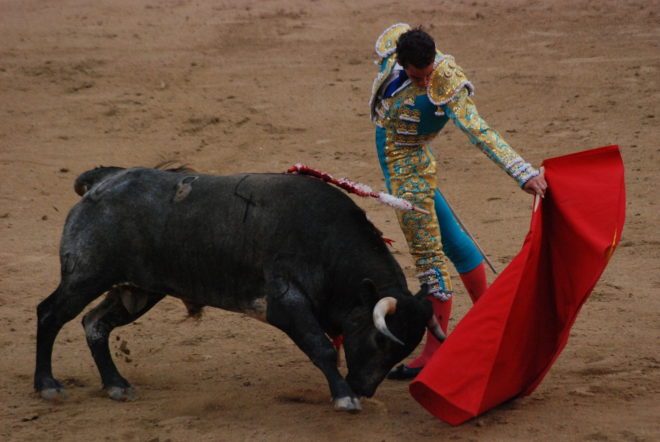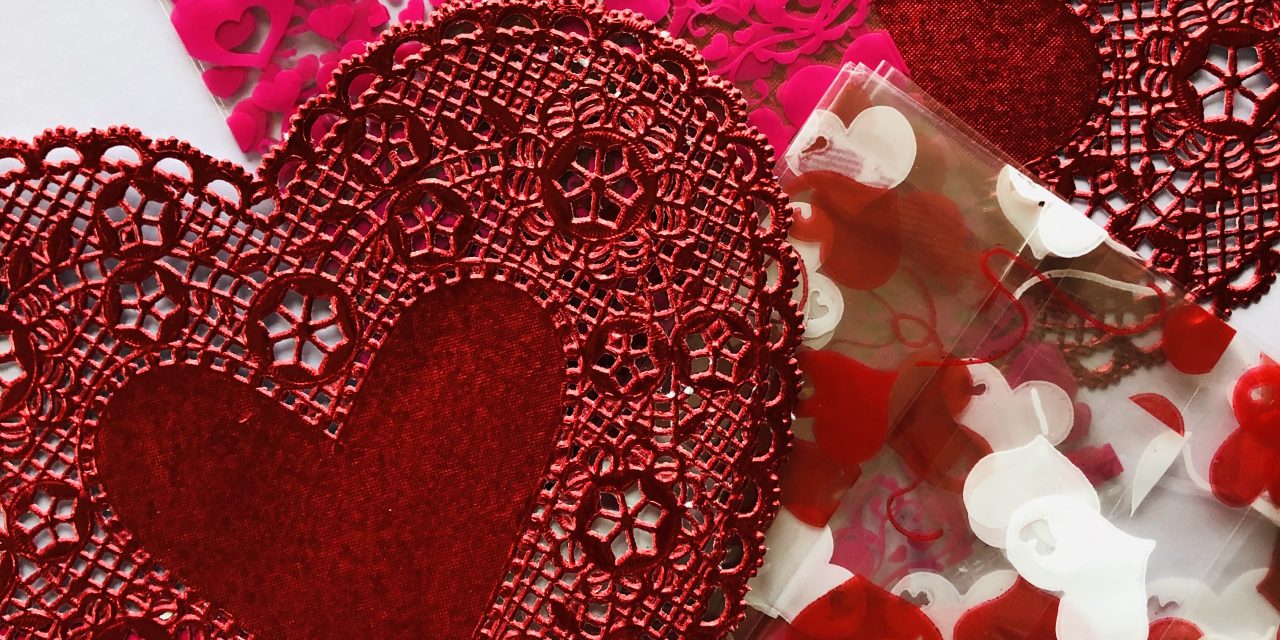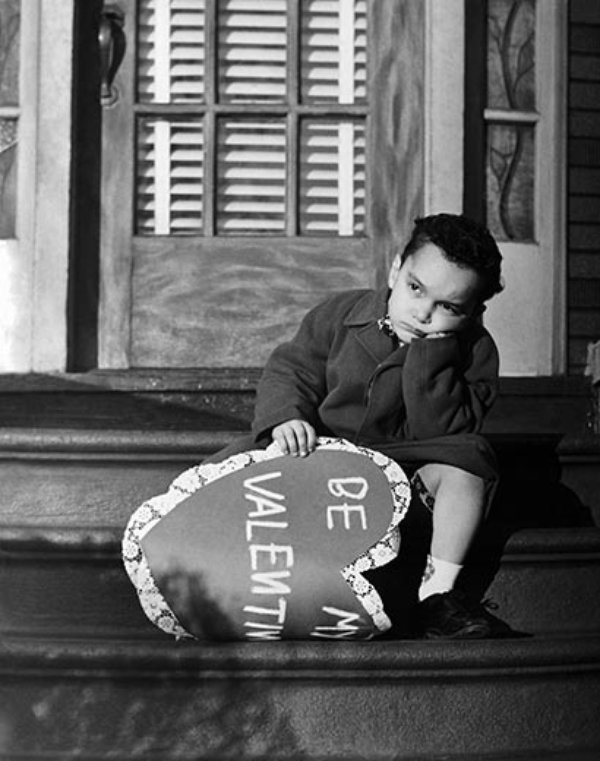Since I was born on Valentine’s Day, I have often wondered about the holiday. Why are pink and red associated with Valentine’s Day? I thought the color red was supposed to make you angry. Yet it’s a predominant color for Valentine’s Day. And Pink.
The Color Red
Red is associated with energy, strength, power, and danger. But it also symbolizes passion, love, and desire. The color red increases your heart rate, respiration, and blood pressure. Maybe that’s why it’s used in the “red-light district.”
The color red has high visibility — good for stop signs, signals and fire extinguishers. It’s used to denote danger too. I suppose you’re in dangerous territory when you fall in love. Or think you have fallen in love.
Researchers found that if you see the color red before taking an IQ test, you won’t do as well. It’s often associated with failure or trouble. Don’t think red, don’t think red:
red is associated with the danger of failure in achievement contexts and evokes avoidance motivation. Four experiments demonstrate that the brief perception of red prior to an important test (e.g., an IQ test) impairs performance, and this effect appears to take place outside of participants’ conscious awareness. Two further experiments establish the link between red and avoidance motivation as indicated by behavioral (i.e., task choice) and psychophysiological (i.e., cortical activation) measures. The findings suggest that care must be taken in how red is used in achievement contexts and illustrate how color can act as a subtle environmental cue that has important influences on behavior.
You’ve got the “code red,” “red flag,” and “red herring” thing going on. Or that red light on the police car as he pulls you over — sure to increase your insecurities and heart rate.
A “red herring” has nothing to do with a fish species but is something that misleads you — “It may be either a logical fallacy or a literary device that leads readers or audiences toward a false conclusion.”
In the bird kingdom, females are attracted to red-throated males — it denotes high-status. This male bird has the ability to puff-up his red. It’s a bit of a neck-tie look.
Evidently, this carries over to women as well — studies show that women find men more attractive and sexually desirable when they see photos of men on a red background or dressed in red. Maybe it’s that red power tie thing. Yea, the red tie at the neck and down the chest is a similar look to that bird with the red throat. Maybe that’s how women began to be called “birds” in Britain.
Red increases your strength — researchers found people’s grip was stronger and faster with red. Maybe that has something to do with bullfights and red. Or maybe that’s the anger thing.

The Color Pink
Pink is another story. We could say Marilyn Monroe helped promote it:
But then again, according to “a June 1918 article from the trade publication Earnshaw’s Infants’ Department, pink was originally for boys:
“The generally accepted rule is pink for the boys, and blue for the girls. The reason is that pink, being a more decided and stronger color, is more suitable for the boy, while blue, which is more delicate and dainty, is prettier for the girl.”
Other sources said blue was flattering for blonds, pink for brunettes; or blue was for blue-eyed babies, pink for brown-eyed babies, according to Paoletti.
In 1927, Time magazine printed a chart showing sex-appropriate colors for girls and boys according to leading U.S. stores. In Boston, Filene’s told parents to dress boys in pink. So did Best & Co. in New York City, Halle’s in Cleveland and Marshall Field in Chicago.”(Smithsonian.com)
So, I guess the media has trained us to think pink for girls and maybe for Valentine’s Day too. The color red may be too crazy to understand — as it can raise your heart rate but also signal danger and failure. Yet, women seem to be attracted to it.
The History of Valentine’s Day







